How to Make Homemade Baby Foods
This post may contain affiliate links. As an Amazon Associate, I earn from qualifying purchases. Please read my disclosure.It is so easy to make homemade baby foods — and most of the time, making baby food at home will be healthier and cheaper than store bought! This is your guide to making healthy baby food at home that you can feel great about giving to your little one!
Many of you know that I made both of my kids’ baby food at home when they first started on solids’ve gotten so many questions about whether it’s really that easy to make your own baby food at home. And trust me – it is!
What foods are best to puree for baby food?
You can literally puree pretty much any food for your baby! The best foods to start with are sweeter vegetables or less-sweet fruits including:
- Avocado puree
- Green Bean puree
- Pea puree
- Butternut Squash puree
- Zucchini Baby Food
- Pear Puree For Baby
- Sweet Potato puree
- Homemade baby food prunes
Once your baby has mastered these purees, you can move onto more “pungent” veggies, tart fruits, and proteins like:
- Broccoli
- Spinach
- Cauliflower
- Berries
- Stone Fruits and Cherries
- Lentils For Baby
- Chickpeas / Beans
- Meats (if you are planning to give your baby meat)
- Whole Milk Yogurt and Cheese
You can introduce grains and sweeter fruits last so that your baby doesn’t get too used to sweet flavors first (which will make them more likely to reject green veggies which have stronger flavors). So once your baby has been exposed to a large variety of less-sweet fruits and veggies, you can introduce foods like:
- Oats, Barley, Wheat, Quinoa
- Bananas
- Papaya
- Pineapple
- Mango
You can also add warm spices to your baby’s food at any point — spices like: cinnamon, nutmeg, turmeric, cumin, coriander, paprika, garlic powder, ginger powder, etc. are all great to add flavor and to expand your baby’s palate!
What is the best way to store homemade baby foods?
I recommend freezing your homemade baby food in ice cube trays for storage. I love these Mumi & Bubi Trays because they come with airtight lids and hold a ton of baby food! I would freeze the baby food in these trays, and then once frozen, I’d pop out the puree cubes and transfer them to airtight freezer safe zip-top bags.
Is homemade baby food healthier?
Yes it is! Homemade baby food recipes are healthier because when you make baby food at home, you can control both the quality of the ingredients and the types of things being included in your baby’s food.
Since your homemade baby foods don’t have to be shelf stable, you don’t have to worry about any preservatives or stabilizers in the food you’re giving your baby. Additionally, most pre-made baby food is very fruit-forward which makes it quite sweet and high in sugar. This can make babies who eat pre-made food more likely to only develop a liking for sweeter foods, which could make them pickier eaters later on.
Note: Not all pre-made baby food is bad and there are some healthy vegetable-forward pouches available today. These can be good options if you’re on the go or in a bind and need food fast! You can see my list of the healthiest baby food pouches here.
How do you make baby food at home?
All you need are the right tools – many of which you probably already have in your kitchen, and knowing the method, which is as easy as: steam, puree, freeze.
You don’t need a fancy baby food maker to do any of this stuff – in fact, I recommend against buying a special baby food maker because it’s a pretty pricey purchase for something you can’t repurpose for anything else. I like investing in kitchen tools that can grow with you and your family.
Tools and Equipment You’ll Need
#1: Invest in a Good Blender. I recommend getting one that you can use for smoothies and other “grown up” recipes – so the purchase is worth it! Any blender will work, but my favorite is the Vitamix.
It purees everything SO smoothly that the consistency exactly mimics the baby food pouches at the grocery store. And you don’t have to peel any of the fruits/veggies (except for the obvious like bananas, oranges, pineapples, melon, etc. – that have a hard shell) because the Vitamix is so powerful that it pulverizes all of the peel of most fruits/veggies to retain all of those nutrients for your little one.
It can also make chunkier meals for when your baby transitions away from purees. Lastly, you can use it for so many other things like making soups, smoothies, pancake batter, falafel mix, brownie batter, etc. – the list goes on and on! I bought one when I started making my kids’ baby food and absolutely LOVE it and use it all the time (still!)
#2: You need covered ice cube trays. You could just take regular ice cube trays and cover them in plastic wrap, but I found that ended up with my purees getting freezer burn which wasn’t great. I love these Mumi & Bubi Trays – which store / stack really well, have tight lids, and hold enough baby food for about 1 month!
#3: A Steamer Basket. It’s worth it to have a steamer basket that can fit inside any pot. Steaming fruits/veggies in bulk is key to making baby food easy and quick to make at home – and a steamer basket can make all the difference!
You also need a good, large pot – but literally any pot will do. And that’s pretty much it! Then you can literally make any baby food recipe at home for less cost, less time and a healthier puree for your little one than a store bought version.
Making homemade baby foods – Step by Step
- Wash the fruits and veggies you are planning to puree.
- Chop them into 1/2 inch sized cubes and put them in a pot with just enough water to almost cover them. Alternatively, put them in a pot with a steamer basket to steam them.
- If you are steaming them, steam until fork tender (easy enough to mash). If you are putting them in a pot with water, just cover the pot with a lid and bring it to a boil. Then lower the heat and simmer, covered, until the fruits or veggies are fork tender.
- If steaming, put the fruits/veggies into a blender with some of the liquid you used to steam them. If you boiled your fruits/veggies, transfer everything from the pot into the blender (so you don’t lose any nutrients that might have leached into the water while you were boiling the produce).
- Puree the fruits/veggies until smooth. Transfer to ice cube trays and freeze.
- Once frozen, pop the cubes out and transfer them to freezer-safe zip-top bags.
- To reheat, simply defrost in the microwave or in a small saucepan on the stove.



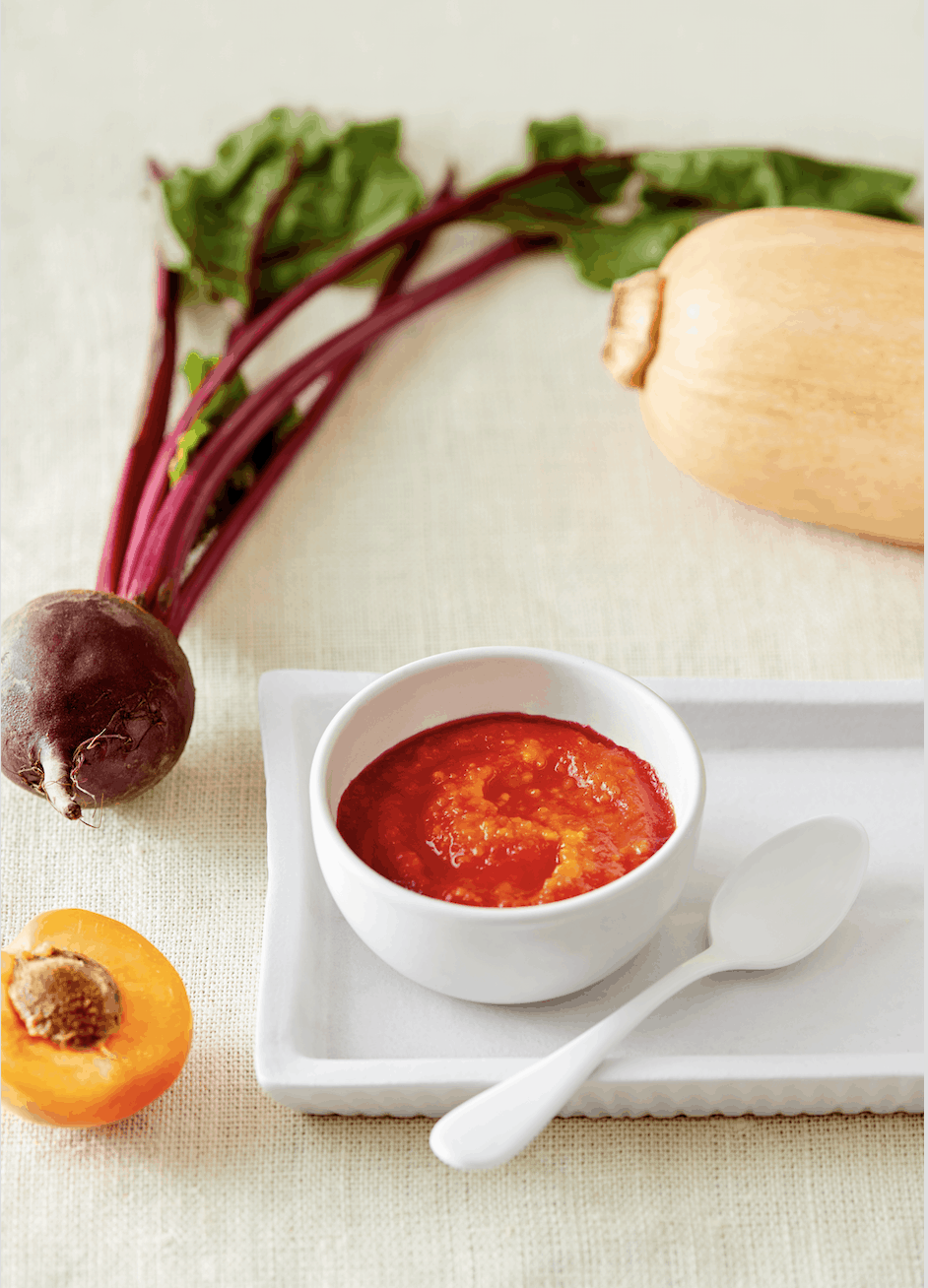

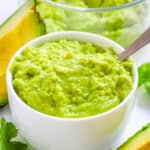
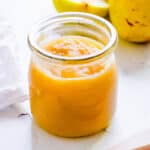
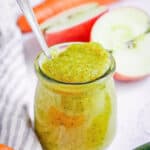

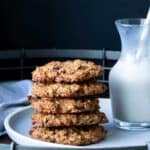
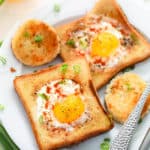

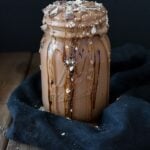
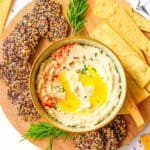

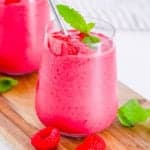
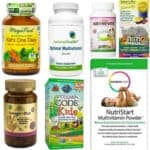
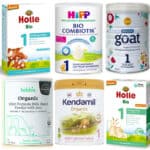
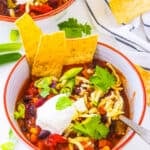
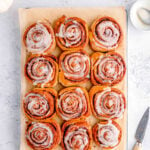
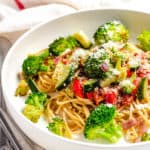
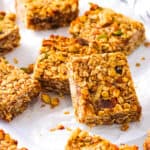

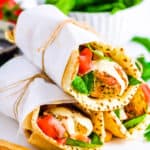
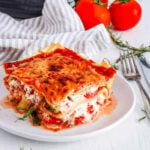
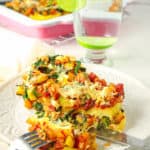
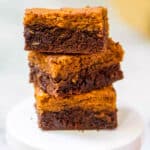
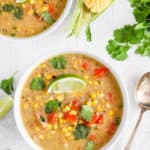
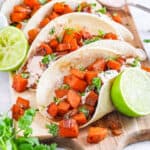
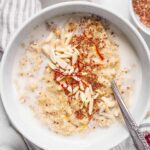
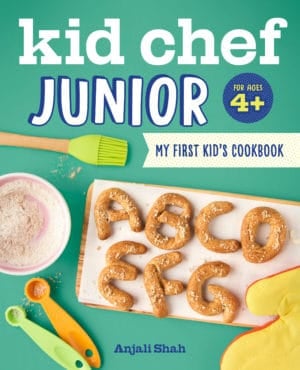



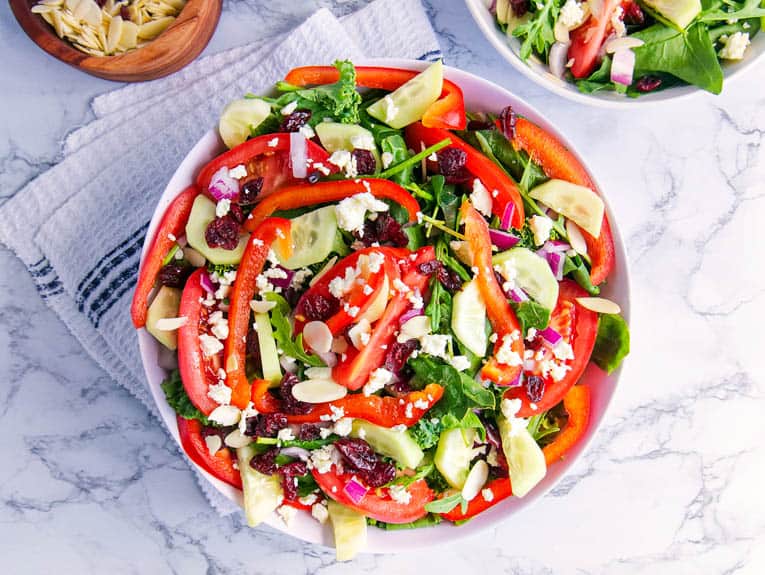


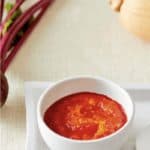
Hi I made homemade blueberry baby food for my son and froze it like how you suggested. The night before I took 2 cubes out and placed them into a air tight Tupperware bowl with lids to thaw. When I went to go serve it the next day the blueberry separated from the water I had used so I had blueberry jelly and blueberry water. I tried stirring it to see if I could salvage it but it became clumpy and gross. What did I do wrong?!
Hi! Were the blueberries pureed completely? It’s normal for the water to separate slightly, but once you heat it and stir it, it should recombine. Had you heated it on the stovetop before you stirred it together? I’d suggest doing that next time, and you can always re-blend it too if you need to!
Hello,
I am very interested in buying your book. I am wondering what is different than any online recipes compared to yours. My little guy just turned 4 months and got the okay for food. Thank you for taking the time in reading this. Also is there another blender that is more budget friendly/will any blender work?
Hi Toree! My book is a stage by stage guide for making baby and toddler meals at home — all the way from 6 months to 3 years of age! In the book I outline recommended meal plans, food combinations and other things you likely won’t find online. As for a blender, any blender will work to some degree – it just depends on how smooth you want your baby’s puree to be. For a very very smooth (no chunks or textural issues in the puree), you’ll have to use a higher quality blender. While I do love the Vitamix, I agree it is pricey – and I’ve found that this blender from Hamilton Beach is more affordable but is still able to make a very smooth puree. Hope that helps, let me know if you have any other questions!
Hi! If you are wanting to do breast milk with the purées, is it okay to replace the water from the steaming with breast milk? Thanks!!
Hi Kati! You could do that, but if you’re planning to freeze the purees I’d actually recommend not mixing it with breastmilk. Instead I’d recommend freezing your purees separately, and then when it comes time to serve, you can mix it with breastmilk before serving. That’s just because if you mix it with breastmilk and then freeze it, you’re limited both in the storage time in the freezer (since breastmilk can be stored for up to 6 months in the freezer but not all purees last that long) and in the reheating process (e.g. I never liked reheating breastmilk on the stove, and I definitely wouldn’t recommend putting it in the microwave). So for convenience sake and to make sure your breastmilk doesn’t go to waste, I’d recommend making the purees and using less water so they’re a little thicker, freezing them separately, and then when it’s time to serve – mixing it with breastmilk before serving. Hope that helps!
So microwaving and freezing doesn’t take away from the nutritional value?
Hi Joyce! It’s actually a myth that microwaving destroys nutrients in foods and same with freezing foods! So I wouldn’t worry about that at all 🙂
Is it necessary to cook frozen fruits and veg before pureeing such as peas and blueberries? I just made my first vegetable baby food with frozen peas and formula without cooking first! 😵
Hi Julie! You don’t have to cook the fruits/veggies before pureeing — cooking them just makes them softer, which makes them easier to puree (and makes for a smoother puree sometimes). But if it worked just fine with the frozen peas and you’re happy with the consistency of the puree then it should be just fine!
I have your baby food cookbook and I was wondering if you’ve ever done the beef puree with ground beef or if you’ve found it works better with a full cut of beef?
Hi Michelle! I think it would work just fine with either actually! 🙂 You might just need to adjust the amount of liquid added (I’d add less to start and then add more as needed!)
I had thought about making homemade baby food for our first born but was too intimidated and caught up in the fears of first time parenthood. We just had our second, and this is something I am really interesting to do not only to save money but also to know without a doubt what our baby is eating. Thanks for laying it out so simply!
Yay!! I’m so glad this post helped make it easier for you to try to make baby food at home! It really is so easy – once you get started you’ll get the hang of it in no time I’m sure! Let me know if you have any questions along the way, happy to help if you need it!
Anjali, what is your procedure on Bananas? I mash them fresh per portion for my grandson. My daughter cooks them and then freezes them for future use. I can understand apples, pears and other hard fruits but Bananas; really?
XoxAma
Kim
Hi Lisa! You don’t have to cook bananas – you can just put them in a blender and puree them with a little bit of water (or mash them by hand) – totally fine to leave them raw 🙂 But cooking them doesn’t harm anything – it just takes more time!
I used to love making my kiddos baby food! It’s a great way to let them explore different flavors and textures. A good blender is a must!
Totally agree!! It’s amazing how easy it actually is once you do it!
Baby food is expensive so this is a great opportunity to save money and be sure your baby is eating healthy!
Thanks Rachel!! I completely agree! Most people are surprised by how much cheaper it actually is to make baby food at home – and it’s healthier too! 🙂
I love that you make your own baby food. I wish I had done that years ago.
Aw thanks Crystal!! Yes I am really grateful I learned about making baby food at home before I had my kids!
My baby gives me such a hard time with feeding! There are very few things he likes eating. I have never tried blueberries but will take your advice and try it out. Let’s hope for the best.
Hi Susan! Some babies are like that – they just take a little longer to get used to solids. My daughter was super easy to feed but my son has taken about 2 months to warm up to the idea of solids – so just be patient, and be persistent and your little one will be eating a variety of foods in no time. The key is to not give up, and don’t limit what you give him either! Keep me posted on how it goes!
I’m definitely going to send this to my friend, she had a baby recently and she’ll love this!
Awesome!! So happy to hear that – can’t wait to hear what your friend thinks of these tips!